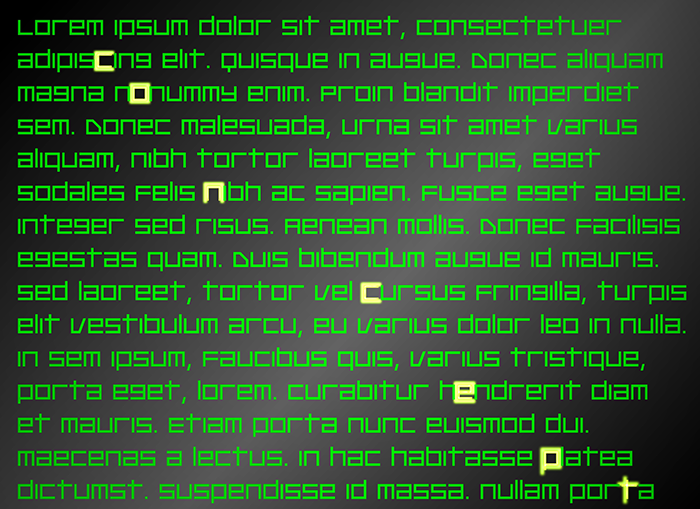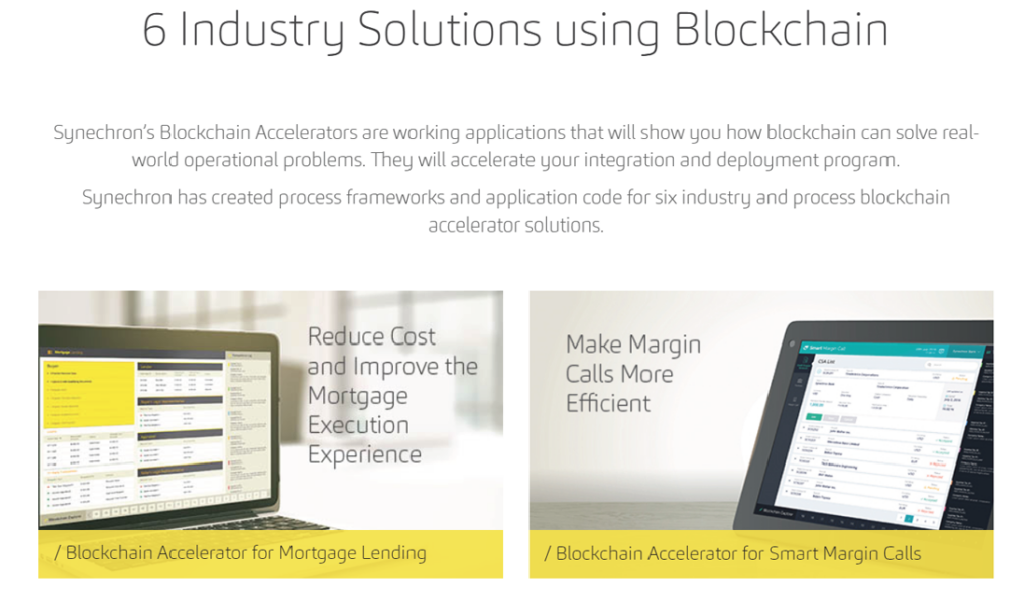
Canright Communication’s comprehensive Case Study Research questionnaire and outline gives a framework for researching product and service case studies that interest and educate. Most case studies do not need this much detail, but the more you have the better you can show how your product or solution helps clients achieve their business goals.
These are the typical sections included in a good case study:
Background
- Client’s name.
- Purpose and mission of organization.
- What is the essence of the solution?
- How does the company stand out in its market?
- What makes it unique or interesting?
- Annual revenue.
- Publicly traded / private / not-for-profit / government / individual.
- Locations.
Challenges
- What problem was the client trying to solve?
- What were its goals for the program?
- What Product-Service elements did you use?
Solutions
- What did Product-Service do?
- How did you use the Product-Service?
- How did implementation work? What was required from you and what did your client do?
- What problems did Product-Service overcome?
- What was the process and time to implement solutions and bring online?
Costs
- How much did the solution cost?
- What components go into determining solution cost?
- What cost options did the client consider?
- How did the client justify the cost?
Benefits
- What benefits did Product-Service in general and Product-Service in particular offer?
- How much were cost reduced?
- What process efficiencies resulted?
- How much did the solution save?
- How easy was it to use the services?
Results
- Enhancement of market position, customer retention, customer satisfaction, internal attitudes, cost savings, etc?
- What services worked best and why?
- What were unexpected surprises? Any “good news” surprises?
- Data on results, preferably data that can be charted into a visual.
- How has your institution changed in the eyes of your customers?
- Learns, such as, “Are online billing customers more profitable?”
- Growth, grounded in data such as change in number of customers or accounts, revenue, profit, market ranking, changes in product line, customer retention rates, etc.
- What did the client learn?
- How did Product-Service enhance overall marketing performance?
- How did client’s products or services change case study organization’s rankings?
- Have your services helped attract new customers?
- How are retention rates?
- Movement toward ideal state. What’s next?
It’s important to note that benefits refer to the actual benefits of the products and services. Results are the outcome(s) of those benefits.




